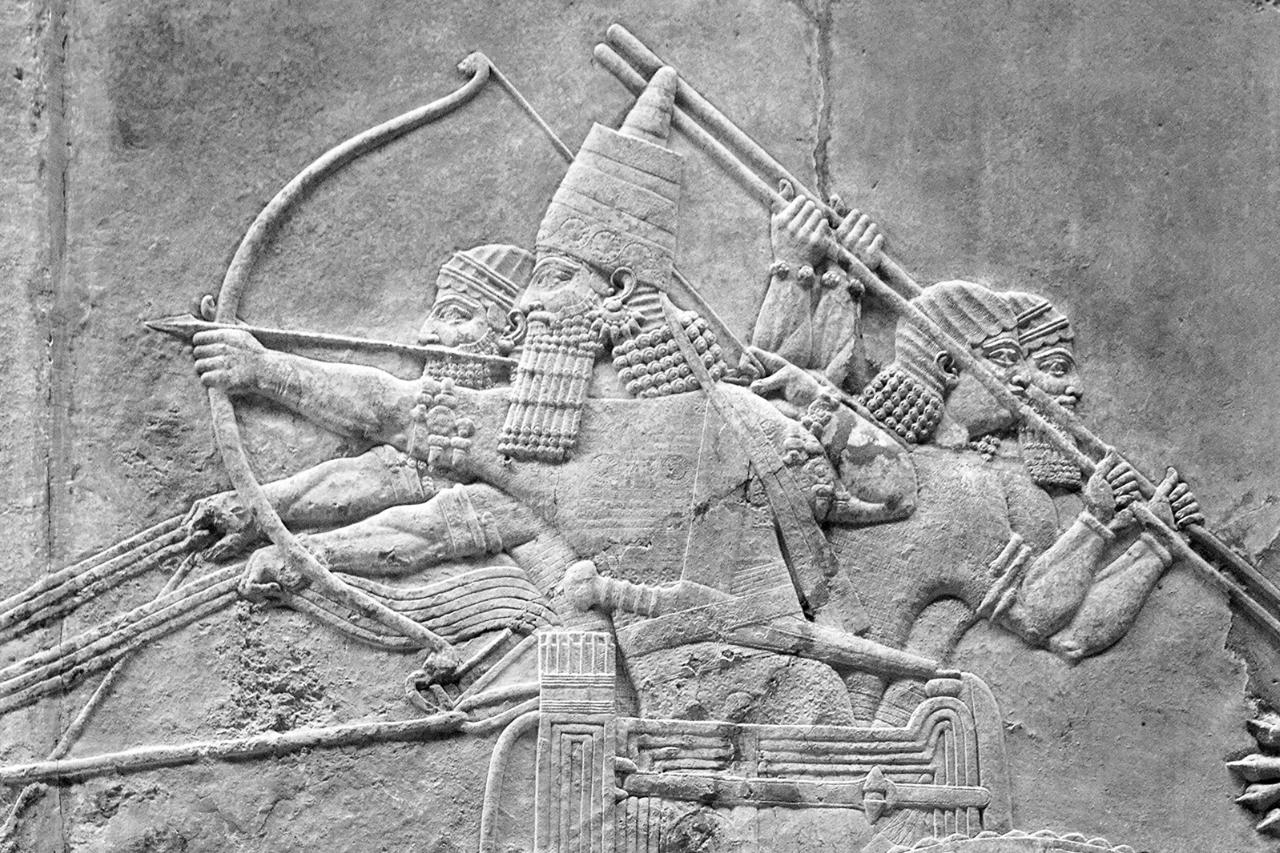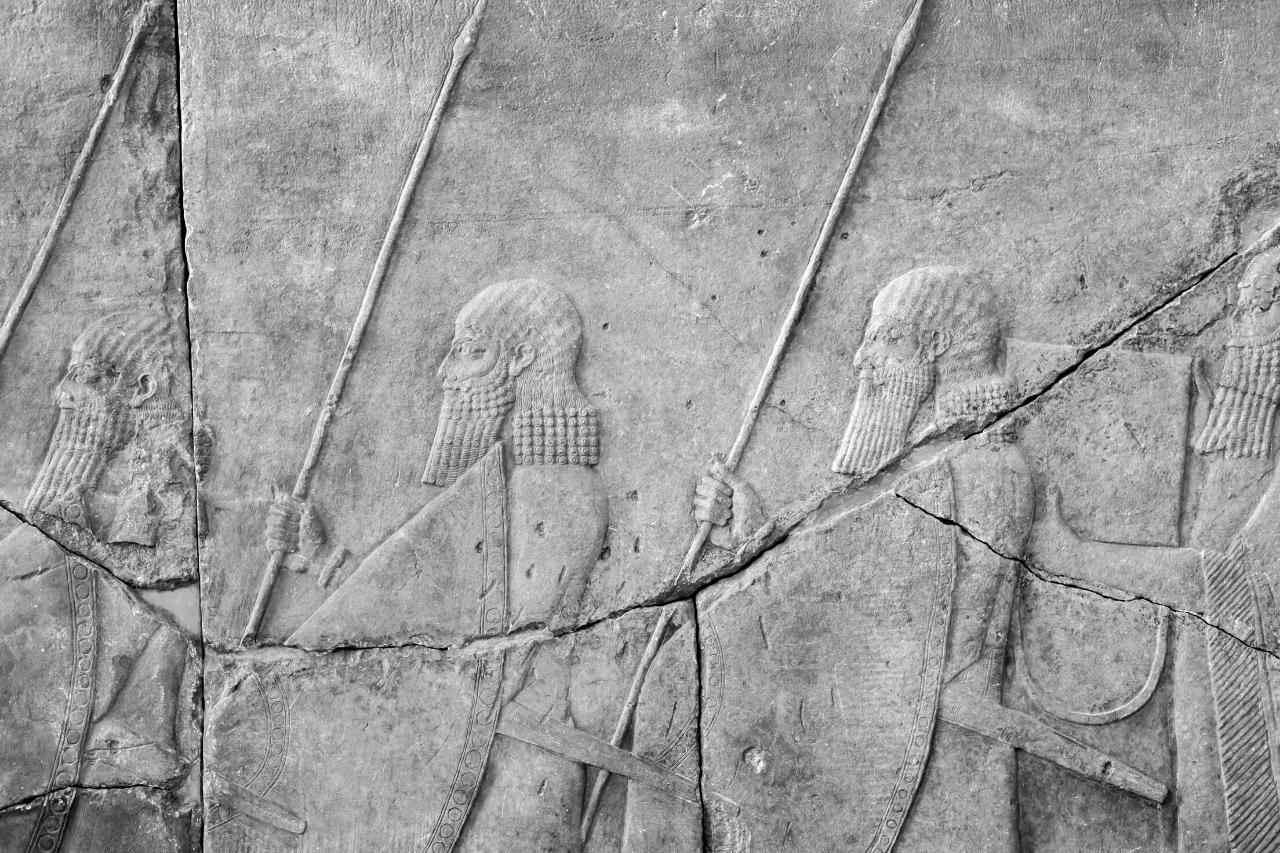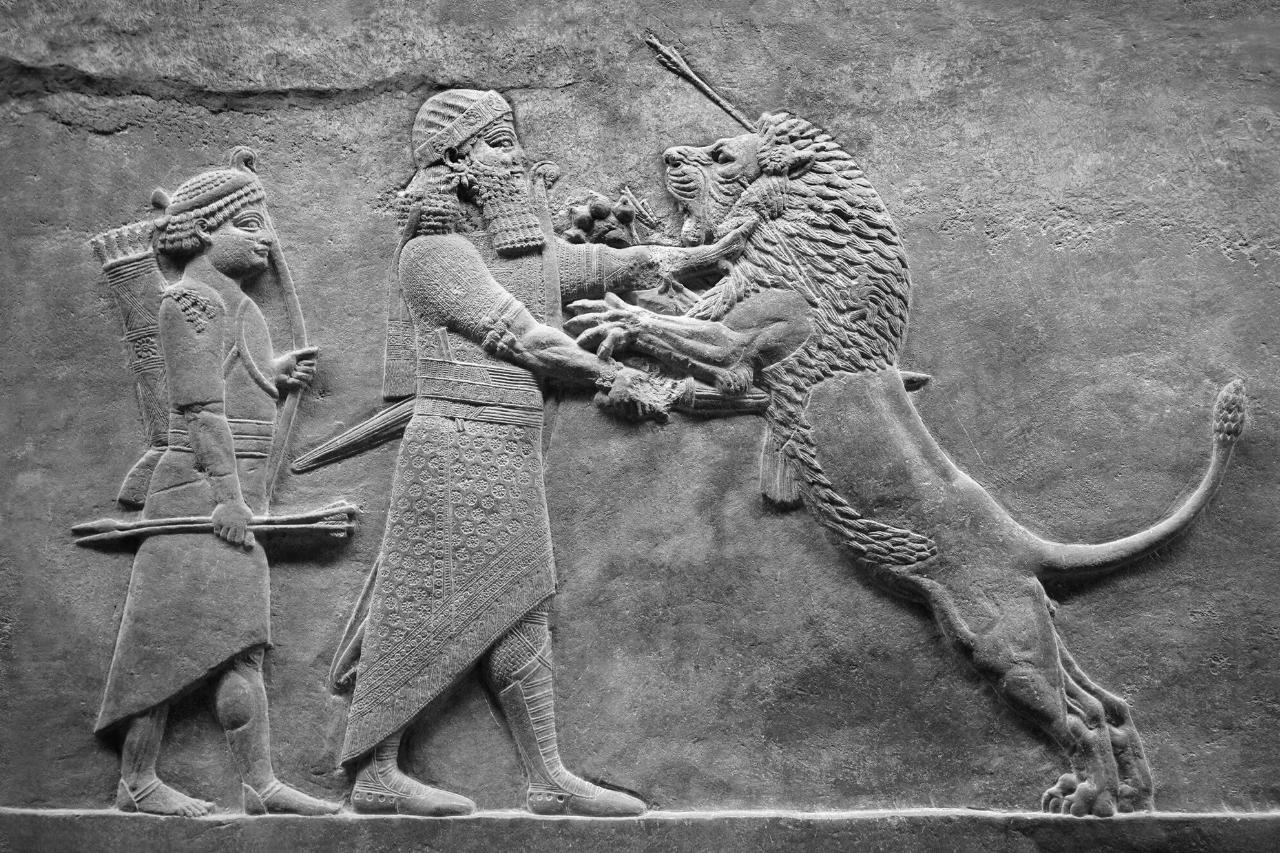Assyrian Captivity: A Captivity that lost tribes in History
The Assyrian captivity was when the northern kingdom of Israel began to be taken captive by the Assyrians from approximately 734 B.C.–732 B.C. Their capital was seized in 722 B.C., and many of the remainder were taken captive beginning around 680 B.C. Assyria was the kingdom of northern Mesopotamia in what is now called Iraq.
Read this article to find out about the Assyrian captivity.
Assyrian Exile
After the reign of King Ashur-Dan III in Assyria, the succeeding ruling authority practiced the resettlement policy with careful planning by the government to increase the population and strengthen the empire. The incumbent monarch King Tiglath-Pileser (Pul) conquered first the northern kingdom of Israel and took them into exile.
Then, King Tiglath-Pileser designated King Hoshea, the current king of Samaria, as an acting king of the city.
King Hoshea paid tributes to the Assyrian empire in exchange for their protection from other invasions. However, four years later, King Hoshea rebelled as he started to give gifts or tributes to the king of Egypt, probably to make an ally to free them up from Assyrian control.
The Next Step Taken
This time, the captivity of Israel was continued by King Pul’s successor, Shalmaneser V. After finding out about the revolution led by King Hoshea, King Shalmaneser V moved in and implemented the mass deportation of Israelites to break their unity and their national identity. He laid siege to the capital city of the northern kingdom of Israel, Samaria.
Nonetheless, King Shalmaneser V was not that skilled in military campaigns compared to King Tiglath-Pileser. The siege took three years until King Shalmaneser V passed away.
Later, Israel was successfully invaded by King Sargon II. King Sargon II took the inhabitants of Samaria, the capital of northern Israel, captive. Further waves of captivity continued in the reigns of Esarhaddon and Ashurbanipal, resulting in the total fall of Israel to Assyria and eradicating them from history.
Assyrian Invasion
The Assyrian invasion was not limited to the northern kingdom of Israel. King Sargon II desired to expand the Assyrian borders further and strengthen his power by initiating a siege on the capital city of the southern kingdom of Israel, Jerusalem.
However, it was unsuccessful due to, allegedly, the Lord’s (God of David) intervention, protecting the land by strengthening its military as the Lord God promised to His believer and follower, King Hezekiah.
Captivity was not new to the kingdom of Judah according to history, as they also experienced an exile to Babylon. However, unlike Israel, the southern tribes were able to return and retrieve their land and identity.
Assyrian Terror
One of the fundamentals of the Assyrian Empire was its army. They were known for their military tactics and combat effectiveness that caused terror among the neighboring near-eastern countries. They were brutal to those who rebelled against Assyrian sovereignty, as they decapitated, executed, plundered, and burned everything useless to the ground.
These brutal activities were not just merely an act out of will from soldiers. Some sources say that they were commissioned on how many enemies they were able to kill; in turn, they were provided a huge parcel of land as a reward for their loyalty and bravery. The Assyrian conquest of Israel brought them good fortune, not to mention access to the vast ground and natural resources of Israel.
The Aftermath
Under the reign of King Tiglath-Pileser, the Assyrian Empire was the most effective military force that provided a model for future armies in terms of organization, training, tactics, and efficiency. They were so powerful at the time that they were able to capture other nations spontaneously.
This leadership was followed by his successor, King Shalmaneser V, who was not as effective in military campaigns compared to his successor, King Sargon II, who successfully seized Samaria, maintained the cohesion of the empire, expanded the border, and improved the legislation and administration in his regency.
The Lost Ten Tribes
Originally, the nation of Israel consisted of 12 tribes, and it was not until the end of the united monarchy of King Solomon that Israel was divided into two kingdoms: Judah and Israel. Two tribes from the southern kingdom of Israel were the tribes of Benjamin and Judah.
The northern kingdom of Israel consisted of 10 ten tribes, namely, Asher, Dan, Ephraim, Gad, Issachar, Manasseh, Reuben, Naphtali, Simeon, and Zebulun. These tribes were named after all sons and grandsons of Jacob.
Written in the Scripture
It was written in biblical account that the first exile of Israel to Assyria involved the taking of the tribes of Reubenites and Gadites, as well as half of the tribe of Manasseh. They were brought to Hala, Habor, Hara, and the river of Gozan (1 Chronicles 5:26).
The Assyrian captivity of Israel dispersed the remaining tribes of northern Israel to Assyrian provinces in Upper Mesopotamia to break their unity.
The northern Israelites failed to get back their national identity and country, and their lineage was lost to history.
There is no certain record of what happened to the rest of the tribes. However, on a scriptural basis, some of Asher’s, Zebulun’s, and Manasseh’s tribes went to Judah for refuge to restore themselves to God after being invited for Passover by King Hezekiah.
Some studies debated that not all tribes were totally deported to foreign lands, as some of them stayed and became slaves. Nevertheless, as Israel was occupied by Assyrians over the years, the mixture of identity and culture suppressed their tribe’s information from history.
Biblical Basis
According to the holy scripture, one of the reasons why Israel was captured by Assyrians was because they no longer feared the Lord of David, or some still did but served their own gods, made their own rituals and statues among nations, and passed these to their children’s children. The worst aspect included in their rituals was to offer their sons and daughters as a sacrifice to their own gods.
They created carved images of animals and did wicked things. Prophet Isaiah warned them to repent, but they did not listen. The Lord saw this and was so angry that He removed them from His sight. The Lord of David allowed the Assyrian conquest of Israel as a means to punish them for their pagan worship, injustices, and for turning their back to God.
Israelites were taken to Assyria, and Israel’s history vanished. The remaining descendants from their ancestors were later called “Samaritans” from Christ’s time in the New Testament. This title means unclean and bad people because of their mixed ancestry and rejection of temple-based worship.
Assyrian captivity was not that smooth sailing either. After the Assyrians occupied Israel, the new residents failed to make the nation prosper. Considering that it was still the holy and promised land of God, the king of Assyria sent an Israelite priest to instruct and perform practices for the new residents to worship Jehovah (the Hebrew name of God).
Apocrypha Alternative Truths
Apocrypha or the hidden one generally means the books of Jewish people that were not included in the Hebrew Bible. Most likely, since the Israelites were held captive because of their wickedness, they accepted the Assyrian pagan culture.
However, one of the books of Apocrypha stated that some of the captives realized their wrongdoings. Hence, they repented and sought refuge in northern countries where no man dwelled before, and some even fled to safety to the kingdom of Judah.
Assyrian Cuneiform
The cuneiform discovered was from King Sargon II. It was about how he took over the land of Samaria. He recorded his first campaign, having captured a total of 27,290 Samarians.
King Sargon II rebuilt the city and settled therein, making it a great city compared with what it was before. This cuneiform of King Sargon II about the defeat of Israel was even a minor event in Sargon II’s legacy, according to some historians. That’s how powerful the Assyrian king was at that time.
Brief Insight
After the successful siege of the capital city of Israel, Samaria, Assyrians showed all their might to govern the country for so many years, resulting in the loss of the 10 northern tribes of Israel in history. Assyrians were known as military innovators and merciless conquerors to their captives, holding a resettlement policy to deport or expel people to reduce the probability of rebellion.
The fall of the northern kingdom of Israel was one of the historic invasions of Assyria based on the events shown by archeologists’ data and from a scriptural point of view, especially how Assyria conquers Israel for a time. What could be the reason behind this captivity from the city-turned-territorial state of the empire of Israel, and what can be the biblical accounts of this historical event.
One Final Mention
Josephus, a first century Jewish historian, recorded in his day that "there are but two tribes...subject to the Romans, while the ten tribes are beyond Euphrates till now, and are an immense multitude, and not to be estimated by numbers." Josephus was referring to the empire of Parthia. The border between Rome and Parthia was the Euphrates river. The vast territory of Parthia included the areas where the former Assyrian captive Israelites had been resettled, so there was a belief in the first century that they had not only remained there, but even multiplied and prospered.
Conclusion
Let’s take a look at what we covered in the article:
Deportation and resettlement of conquered places were among the ways of the Assyrian Empire to maintain and strengthen their territory and power.
Intruding on the kingdom of Israel was definitely a good decision because of its rich minerals, agricultural produce, and massive coastal plains for residents who wanted to thrive.
This finite information due to the lack of records did not hinder researchers from finding and incorporating these important events of history.
Whether the Assyrian captivity was secular or had divine intervention or Assyria was portrayed as wicked in the scripture but good in Assyrians’ inscriptions, the glitch is that its deeds have already formed part of history that anyone can certainly learn from.













